Today is a science day! Well sort of …. I’m going to be talking about science in the  vineyard. Every winery says that they make exceptional wine.. and come on, we know that isn’t true. Now, as you know, I will never tell you what to drink, but I think we all can be honest and admit that there is some serious plonk out there!
vineyard. Every winery says that they make exceptional wine.. and come on, we know that isn’t true. Now, as you know, I will never tell you what to drink, but I think we all can be honest and admit that there is some serious plonk out there!
There are two well known statements in the wine world. First, in order to create quality wine, you have to start with quality grapes. Great wine begins in the vineyard and the second is that you can’t make great wine from, pardon my English, Shit grapes! Both are absolutely true! If your vineyards are not producing quality fruit, then no matter what you do, your end product is not going to be good. A most talented wine maker can turn great fruit into crap wine, but can’t do the reverse.
So how do we go about ensuring that our fruit is of the highest quality? Well, there are few things. First you need to know where you are. If you are in a cool weather climate then the vines that are being planted should be cool climate grapes. And if you are in a warm weather climate, then you can deduct what I’m going to say. Again, that is not mean that Pinot or Chardonnay can not grow in warm weather. They can and they do, but there is a difference between growing and flourishing.
As a winelover, I am assuming that many of you have been in a vineyard or two. If you haven’t, it is probably something that you dream of doing one day. Have you walked around among the vines picking a grape off the vine and popping it in your mouth? Just be prepared to taste some bitterness unless those berries are almost ready to be harvested!
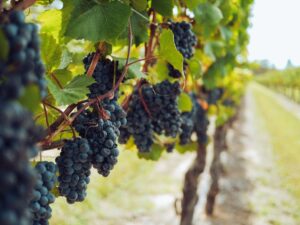 If you have been in a vineyard, I’d bet many of you have oohed and aahed in marvel as you bent down, pulled out your camera to take that stunning shot of the grape cluster hanging brilliantly on the vine, just waiting to be plucked and turned into wine. I can’t count how many images I have of grape clusters just dangling in the sunlight, or the sun setting perfectly over a vine. They truly are a beautiful sight and I never tire of taking those photos or looking at them.
If you have been in a vineyard, I’d bet many of you have oohed and aahed in marvel as you bent down, pulled out your camera to take that stunning shot of the grape cluster hanging brilliantly on the vine, just waiting to be plucked and turned into wine. I can’t count how many images I have of grape clusters just dangling in the sunlight, or the sun setting perfectly over a vine. They truly are a beautiful sight and I never tire of taking those photos or looking at them.
But the real question is, while you were trying to get that perfect shot, did you notice the soil that the vines were growing in? Did you observe if it contained pebbles, rocks, boulders or was it sandy or loamy? Was it black, brown or beige? Well, all of these things impact how the vines grow and what grapes will be grown. How long were in you the vineyard and what time of day was it?
How many hours of sunlight does that particular row see on an average day. Yes, row not vineyard – because each row can and most likely is affected differently. Heck, if you want to really get nitty gritty with it, each cluster – every berry is different! For example, the fruit on the inside of a cluster will have a different temperature than the outside berries. The fruit on the ends of the row will see different heat spikes than those in the middle. But I could go on for hours about that and it is a bit off track of where I wanted to go for this post.

Where I want to bring you are the aspects of how we grow the vines and some decisions that are made along the way. You probably have seen, at least in a photo, an image of an old vine Zinfandel. They are what is called “Head trained.” They don’t have any support system. They look more like bushes than the vines we are familiar with. And if you listen to this podcast on a regular basis, earlier this year, on Winephabet Street, we visited Greece for an in depth study of Assyrtiko. Those vines grow in a circular crown, called kouloura, that I personally think are some of the coolest looking vines! I’ll have an image in the show notes.
Dracaena Wines has received consistent 90+ ratings and multiple Double Gold medals. Click image to order yours today and let Dracaena Wines Turn Your Moments into Great Memories!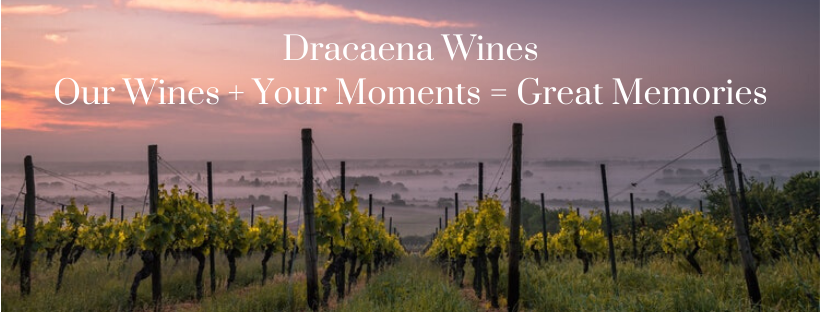
See, I did it again; I went off track because seriously, wine is just so amazing that it’s easy to get diverted. When you have been in vineyards, did you notice that the vine management varied?? Heck, it may have even varied within the same vineyard. Well, my friends, this is where we get down and dirty with the science behind what those vines look like. Before I go too far astray, let’s talk about the plant itself:
Grapevines are deciduous plants. This means that they lose their leaves in the cooler months. It may not be the most popular time to visit a winery, but vines in the middle of winter are equally beautiful as in the summer and don’t even get me started on their charm during the Fall.
They can live for hundreds of years by simply following the same annual growth cycle. In terms of winemaking, the cycle involves seven different stages. Each stage plays a critical step in the development of the grapes. The stages are budburst – the first growth in the Spring. We see little buds beginning to sprout out of the canes. Next, flower cluster initiation begins – these can be seen as tiny BB like objects that, as they develop, create the third stage of flowering. This is a critical point in the fruit’s development. Heavy rains, wind or frost can damage them and impact the fourth state of fruit set. If all goes well with set, the next stage where those beautiful berries are developing on the vine under the canopy of leaves. Then when the timing is right, we harvest the fruit. The final stage that is just as important, but often overlooked by wine lovers is allowing the vine to go into dormancy, where it can rejuvenate itself for the following year.
Prior to the mid-1800s, European vinifera were planted on their own roots. Unfortunately, for most wine regions, Phylloxera was introduced into the vineyards when American varieties were imported. This was disastrous and resulted in mass destruction. Those American varieties that evolved in the presence of phylloxera became tolerant to the lice that were feeding on them, rendering them “immune.” While many native varieties can be grown successfully on their own rootstock, V. vinifera and many hybrid varieties need to be grafted. Another advantage of grafted rootstocks can is the ability to combat other soil borne pests such as nematodes, as well as increasing their tolerance to drought, pH and salinity levels in soils along with poorly drained soils. The rootstock also affects vine growth, yield, fruit quality, and of course, ultimately wine quality.
Above all else, vineyard site selection is probably the most important decision a grape grower can make. Since it takes several years for a vine to develop into an established vineyard that produces fruit, a poor decision in the beginning could lead to a major financial disaster a few years later. Most grapevines can grow in a variety of places, but different varieties definitely prefer various climates, heat summations, seasonal variations, longer term cycles and fluctuations, and weather hazards.
 In order to get the best fruit it is imperative that the vine stays in balance. Just as we all need to eat a properly balanced diet, the grapevine needs to remain in balance. The vine needs to be able to grow its foliage, roots, fruit and establish a trunk. Depending on influences such as soil texture and depth, rainfall and seasonality, the grower must adapt irrigation, fertilization and viticulture expectations. If the vine becomes to green, it won’t produce enough fruit and vice versa. In other words, undercropping is just as significant of a problem as overcropping.
In order to get the best fruit it is imperative that the vine stays in balance. Just as we all need to eat a properly balanced diet, the grapevine needs to remain in balance. The vine needs to be able to grow its foliage, roots, fruit and establish a trunk. Depending on influences such as soil texture and depth, rainfall and seasonality, the grower must adapt irrigation, fertilization and viticulture expectations. If the vine becomes to green, it won’t produce enough fruit and vice versa. In other words, undercropping is just as significant of a problem as overcropping.
Follow Dracaena Wines on Twitter, Instagram and Facebook for special offers.
In order to maintain this balance, several important decisions are made by the grower. These include trellising and irrigation decisions for the entire vine. In-row spacing, pruning, shoot thinning, and crop dropping in order to help the balance. Leaf and lateral removal are required to adjust for light penetration as well as the choice of the support system that the plant will grow on.
This brings me back to my original question to you. When you are in the vineyard and admiring those beautiful clusters, looking for that perfect sunbeam to light those berries, have you ever noticed the differences in the vines? We’ve talked about the head trained Zinfandel and the basket growth of kouloura but now I want to introduce you to trellis systems that allows the grapevines to grow to the best of their abilities in the environment they have been planted.
The purpose of the trellis is to support the vines themselves as they climb. Think about if you were walking around all day holding your arms out. Eventually you are going to get tired- probably rather quickly. This is the same for a grapevine- or any climbing plant. These plants have tendrils and with the aid of the trellis, the climbing plant wraps itself around the support system and can grow larger. Over the past two decades, not only the trellis and training designs but the advancements in vineyard design and canopy management have all significantly improved wine grape productivity and fruit quality.
Generally speaking, trellis systems can be separated into two categories; the Non-Divided (single) Canopy Systems and you guessed it the divided canopy systems as well as those that employ both horizontal and vertical canopy division. Now although I could go on for hours and hours about the different trellis’ out there, I don’t think it would make for a very good podcast, since you need to see the differences to make sense of them all- but you could always google that!
When the vineyards are planted, there is significant effort put into matching the design and the and the trellis system used to provide the most potential for the vine’s health. When choosing a support system, it is imperative to anticipate the vigor of the vine and the canopy size. Think about it, a highly vigorous vine would require a larger system. Going back to my analogy of you holding your arms out – It is easier to hold your arms out if you aren’t carrying any weight than if I put a 5 pound dumbbell in your hands. And that would be easier than if I upped those weights to 10 pounds.
Another huge player in the decision making is climate. Not only, as I mentioned earlier about what vines to plant, but it plays a major factor in the vine’s potential. All of the variables we consider when choosing a grape to plant; temperature, rainfall, sunlight and wind velocity, are also considered when choosing the trellis system. Warmer weather leads to larger canopies. High winds and cooler climates tend to produce smaller canopies.
Let’s take another look at the soil again (see, there was a reason behind my madness of bringing it up earlier) Not only the minerals and nutrients found in the soil matter, but the amount of moisture retained is important. More fertile soils with good water retention support vigorous growth. But those that don’t allow the roots to penetrate deeply or have lower nutrition available will lower the vine’s ability to produce a bigger canopy.
We also need to consider how we will be working the vines. Will there be irrigation, what is the row spacing and row orientation like and will the vines be hand or mechanically harvested? So many decisions are important to the future of the vines we grow and harvest. Vines are living organisms and although they can’t move or really speak, they tell us what they need. When paying attention to them they’ll share if they require more or less sun. Is there too much or too little water and even whether it wants you trim back its leaves and fruit. All we need to do is listen, well, observe and then it becomes rather obvious and we can make the best wines the vineyard has to offer.
~Sláinte!
We’ve stacked the odds so that you can get our award winning wines without breaking the bank. Click the image to find out all of the benefits of joining the CHALK CLUB including free shipping and progressive discounts.


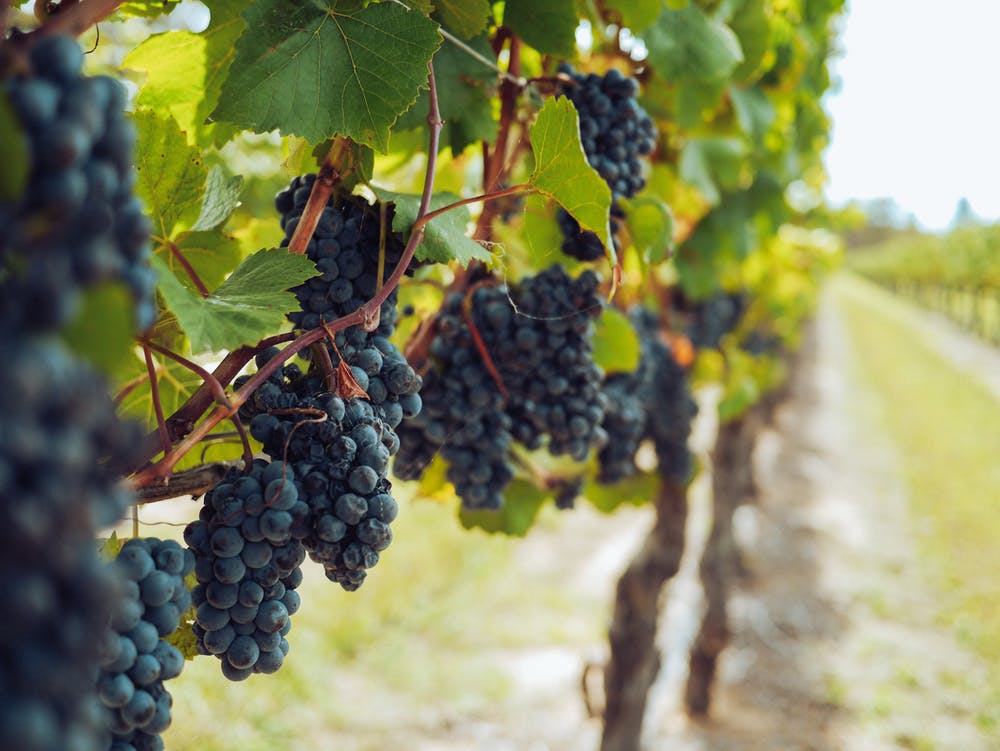
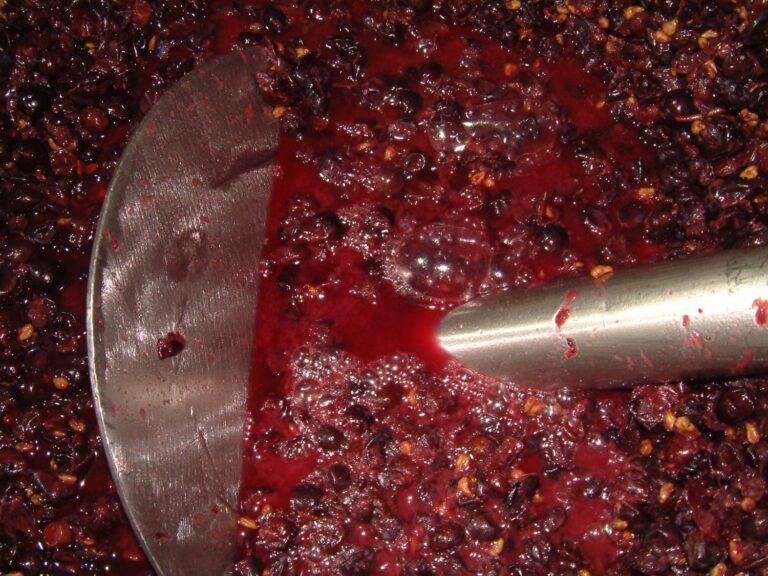
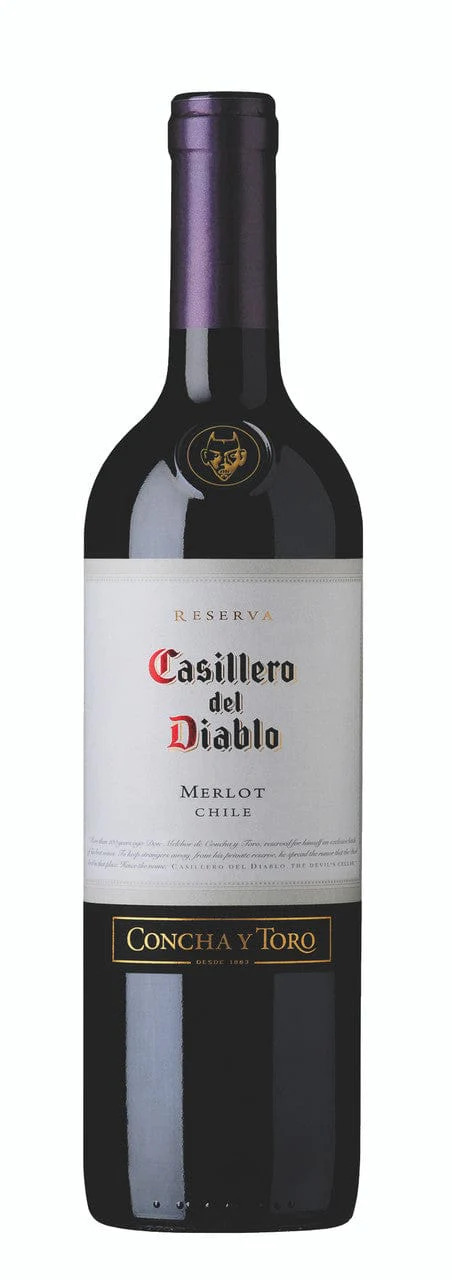
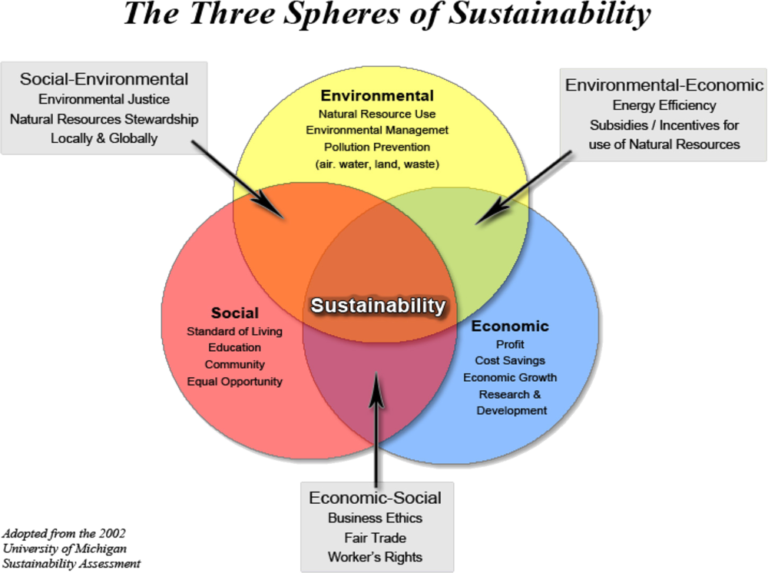
Thanks for another great post! I really hope to visit an Assyrtiko vineyard some time!
Thank you for your kind words! I appreciate them so much! I too would love to visit the vineyards and see them IRL!